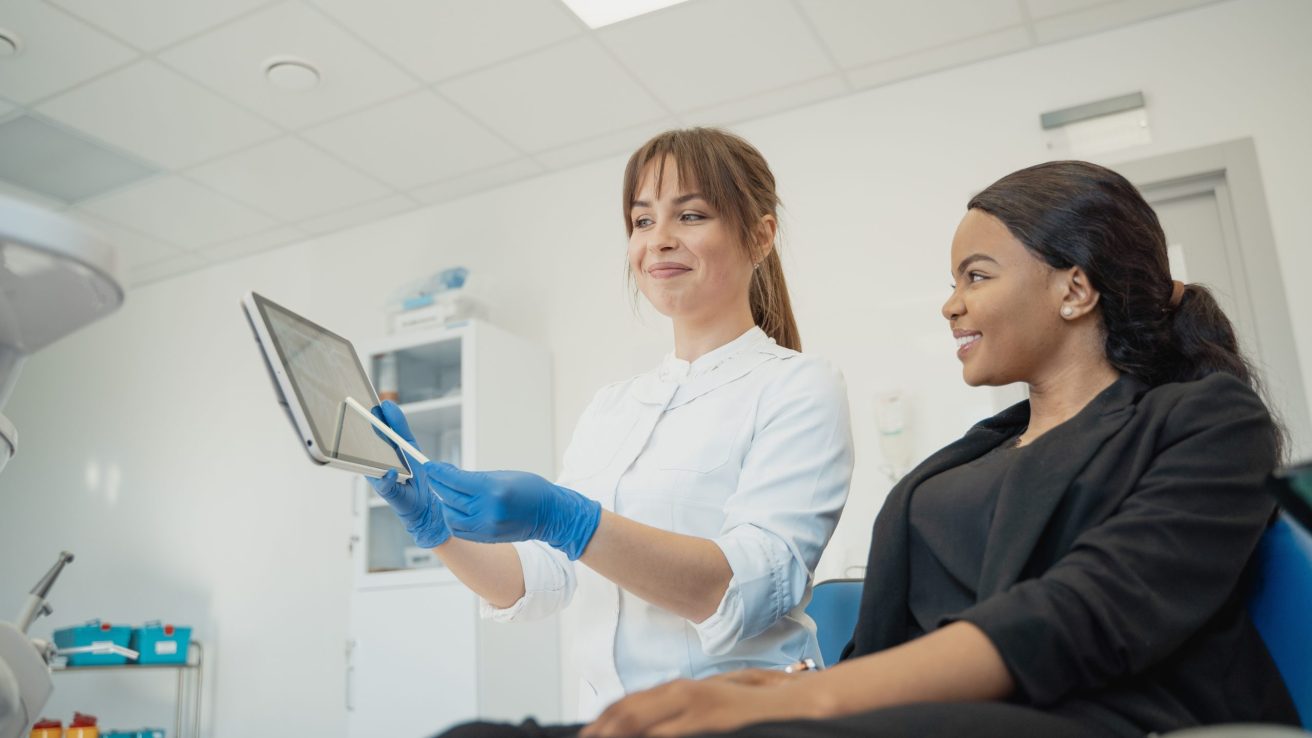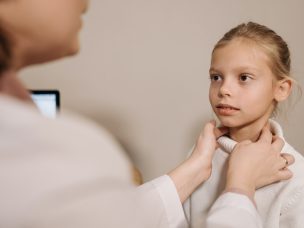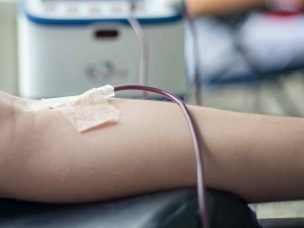Monkeypox treatment and prevention guidelines have been evolving, but there are a number of prophylactic and post-infection options available to those dealing with the disease.
The current emergence of the monkeypox virus has resulted in newfound confusion among the public about this condition. The spread of monkeypox is usually limited to prolonged direct contact, respiratory droplets, and via towels, bedding, and other fomites. There are multiple available countermeasures, including two vaccines and several antiviral treatments. An article published in the journal Drugs, analyzes the treatment options available for those already infected with monkeypox, as well as how the condition can be prevented.
Data suggest that immunization with a smallpox vaccine can have a protective effect against monkeypox. There is also a live viral vaccine for monkeypox, known as JYNNEOS, along with a live vaccinia virus vaccine known as ACAM2000. Vaccination prior to exposure can have a prophylactic effect, and the CDC recommends that the first dose of the vaccine be given within 4 days of exposure.
Various antiviral treatments are also described, including brincidofovir, cidofovir, tecovirimat, and vaccinia immune globulin, although these treatments were approved for managing smallpox and their efficacy has not been conclusively explored for monkey pox. Tecovirimat is considered the treatment of choice where applicable, and the Emergency Access Investigational New Protocol allows for the use of tecovirimat for monkeypox. Brincidofovir is an oral analogue of cidofivir, which comes with an improved safety profile and is approved for orthopoxvirus infections. Lastly, vaccinia immune globulin (VIG) is approved for treating complications of vaccinia vaccination. Data on VIG treatment for monkeypox is not yet available, and has not been tested in humans.
The authors conclude by noting that guidance for the treatment of monkeypox is still in an interim stage at the time of writing, but that healthcare professionals and the public should have a good understanding of currently available treatment options. They also note that at the moment, personalized treatment based on individual risk is the most reasonable strategy.
Rizk, J. G., Lippi, G., Henry, B. M., Forthal, D. N., & Rizk, Y. (2022). Prevention and Treatment of Monkeypox. Drugs, 82(9), 957-963. doi:10.1007/s40265-022-01742-y










